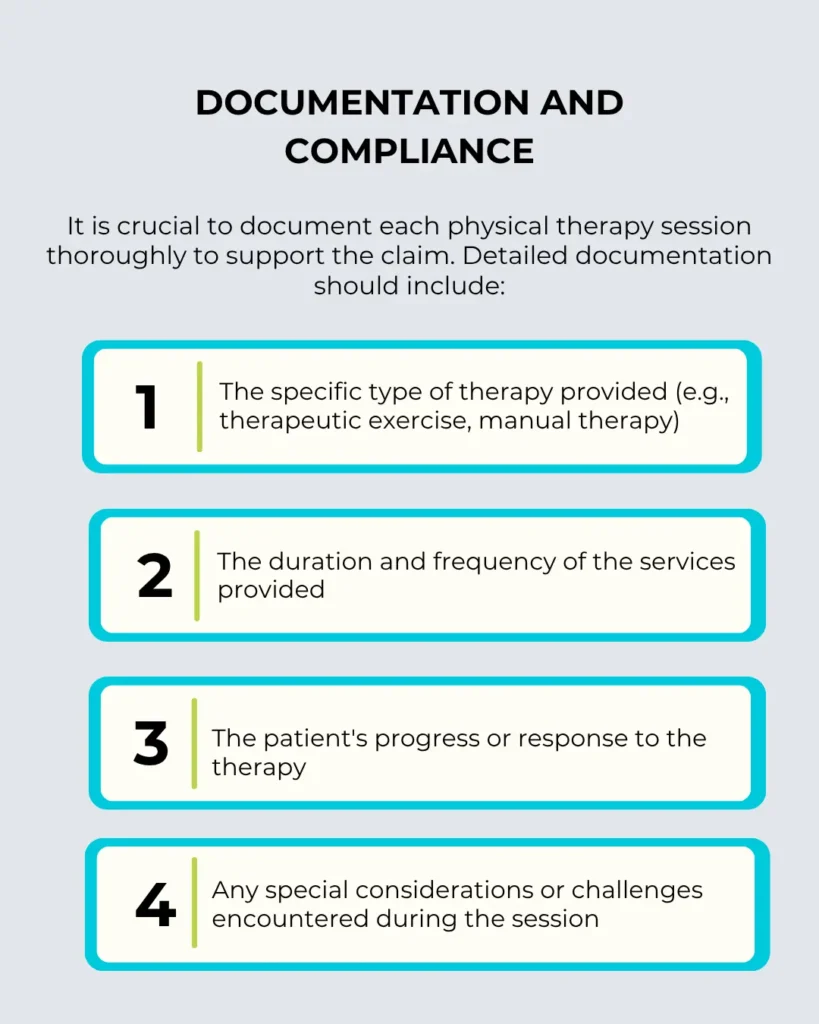Accurate billing is crucial for sustaining a healthy revenue stream and avoiding claim denials for physical therapy practices. One area that often presents challenges is billing within the Hospital Outpatient Department (HOPD) setting. Navigating the complexities of HOPD billing and understanding the specific rules for outpatient physical therapy services are important to ensure timely reimbursements and streamline the claims process.
HOPD physical therapy services, ensuring full compliance and enhancing your practice’s revenue cycle management. Moreover, adhering to proper medical billing coding guidelines will help ensure that your claims are processed efficiently, securing the appropriate reimbursement for the valuable services you provide.
What is HOPD?
HOPD stands for Hospital Outpatient Department, a setting within a hospital where patients receive outpatient services, including physical therapy. In contrast to inpatient care, where patients stay overnight or longer, outpatient care is provided to patients who do not require an overnight stay. HOPDs are essential for providing non-emergency medical services, such as diagnostic tests, physical therapy, and routine follow-up care.
HOPD and Physical Therapy Services
Billing Outpatient Physical Therapy Services
When billing for physical therapy services provided in an HOPD, it is critical to use the correct physical therapy CPT codes and follow specific guidelines. The billing for physical therapy in an outpatient hospital setting requires accurate coding and documentation to reflect the services provided. This includes using the appropriate physical therapy procedure codes to ensure that each service is correctly represented. Adhering to these practices is essential for ensuring proper reimbursement and maintaining an efficient healthcare revenue cycle management process.
Here are some important steps to follow:
- Use the Correct Place of Service Code: For outpatient physical therapy services provided in an HOPD, you must use the appropriate Place of Service (POS) code, typically POS 22, which indicates “Outpatient Hospital.” This code tells the payer that the service occurred in an outpatient department of a hospital.
- CPT and ICD-10 Coding: Accurate CPT (Current Procedural Terminology) codes should be used to describe the specific physical therapy services performed, such as therapeutic exercises or manual therapy. Pair these with the correct CAD ICD 10 diagnosis codes to reflect the patient’s condition that warrants the therapy.
- Modifiers: Modifiers specify the exact nature of a service. For example, use modifier 59 when providing a distinct service that is separate from the main service performed during the visit.
Documentation and Compliance

Why is Correct HOPD Billing Important for Physical Therapy?
Accurate Reimbursement
The correct use of HOPD codes and modifiers is essential for accurate reimbursement. Medicare, Medicaid, and private insurance companies use these codes to determine how much to pay for the services provided in the outpatient department of a hospital. Incorrect coding can lead to underpayment, delayed reimbursement, or claim denials.
For example, using the wrong POS code may cause the insurance company to not recognize the service as outpatient care, potentially reducing reimbursement or denying the claim. Also, lacking proper modifiers or accurate documentation can lead to your claim being flagged for review or audit..
Compliance with Regulations
Billing HOPD physical therapy services correctly also ensures compliance with federal and state regulations. Hospitals and outpatient departments are subject to strict billing guidelines, and mistakes can lead to significant financial penalties. Properly documenting and coding services also helps your practice comply with Medicare guidelines, which are particularly important for outpatient hospital settings.
Best Practices for HOPD Physical Therapy Billing
1. Use Accurate Place of Service Codes
As noted, POS 22 is the standard code for outpatient hospital settings. Ensure that all claims for physical therapy services in the HOPD include the correct POS code. This step helps insurance providers recognize your services as outpatient care, leading to proper reimbursement.
2. Keep Detailed Documentation
Comprehensive documentation is crucial for HOPD physical therapy services. Keep a record of each session’s details, including the type of therapy provided, the duration, the patient’s progress, and any special instructions. Proper documentation supports the CPT codes for physical therapy used and justifies the service provided.
3. Regularly Review Coding Updates
CPT codes and Medicare billing guidelines are frequently updated. It’s essential to stay current on any changes to the codes or regulations that affect outpatient physical therapy services in the HOPD. This will help ensure you are always submitting accurate claims and optimizing reimbursement.
4. Collaborate with a Company
Working with a medical billing company that specializes in HOPD services can help reduce errors and increase efficiency. A professional billing service ensures accurate claim submissions that comply with all regulations, allowing you to focus on providing quality care to your patients.
Conclusion
Understanding how to bill for physical therapy services in an HOPD is crucial for maintaining a smooth revenue cycle. By using the correct Place of Service codes, applying the right CPT and ICD-10 codes, and maintaining thorough documentation help your practice receive fair and prompt reimbursement.
To streamline your revenue cycle management (RCM) and avoid billing errors, consider partnering with a medical billing company that has experience handling HOPD services. With their support, you can focus on delivering exceptional care while optimizing your billing process and financial outcomes.
FAQs
Q: What is HOPD in medical billing?
A: HOPD stands for Hospital Outpatient Department, which is the setting where outpatient services, including physical therapy, are provided in a hospital.
Q: How do I bill physical therapy services in an HOPD?
A: Use POS 22 for outpatient hospital services, select the correct CPT codes for the therapy provided, and ensure proper documentation for each session.
Q: Why is HOPD billing important?
A: Correct HOPD billing ensures accurate reimbursement for services provided, helps avoid claim denials, and ensures compliance with healthcare regulations.







